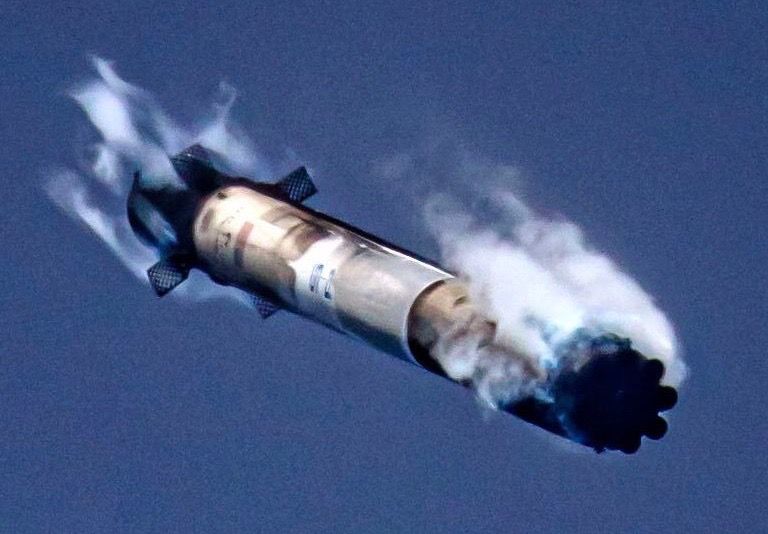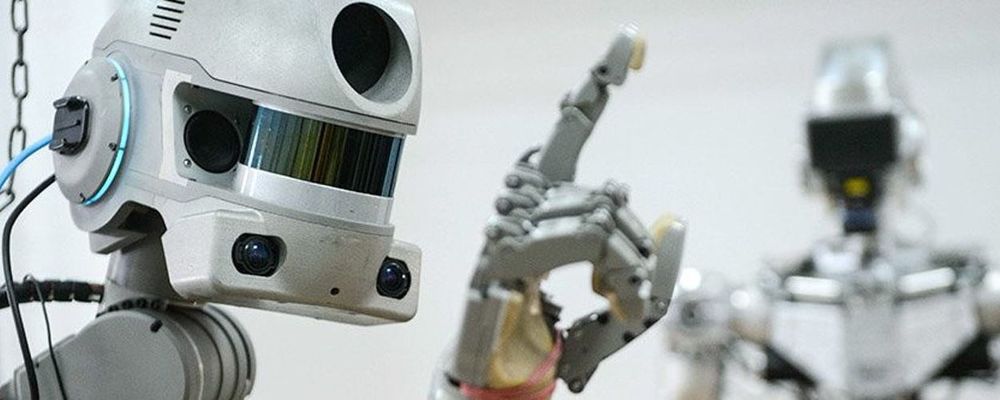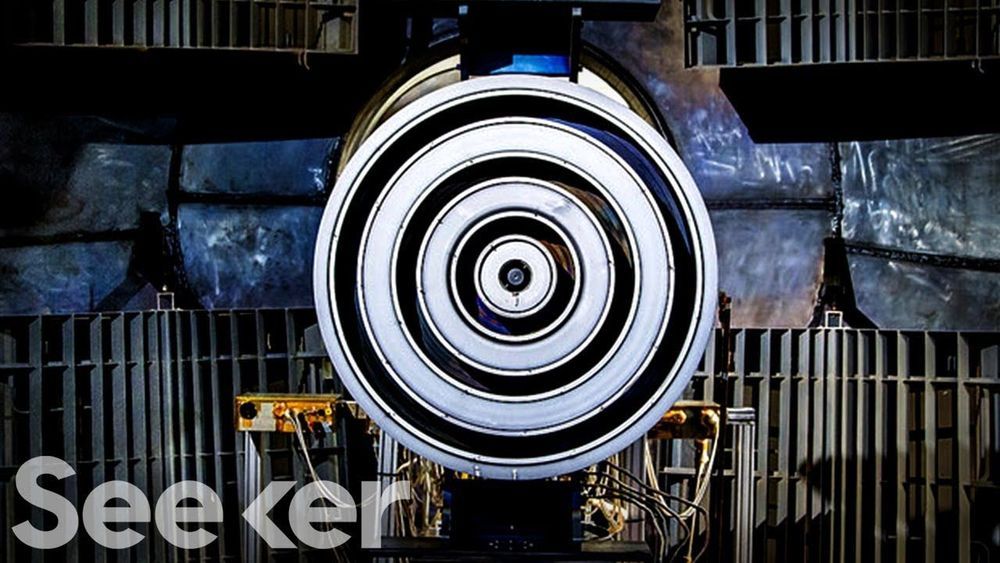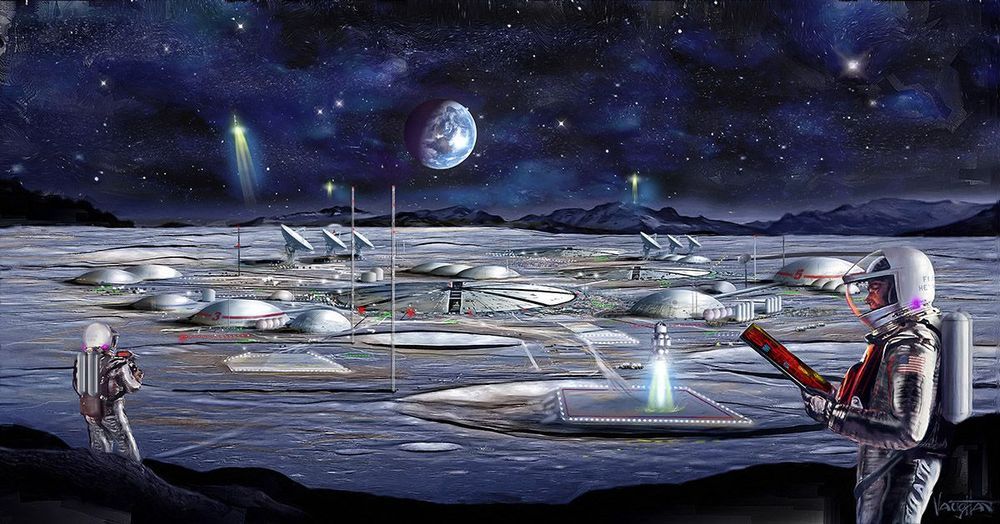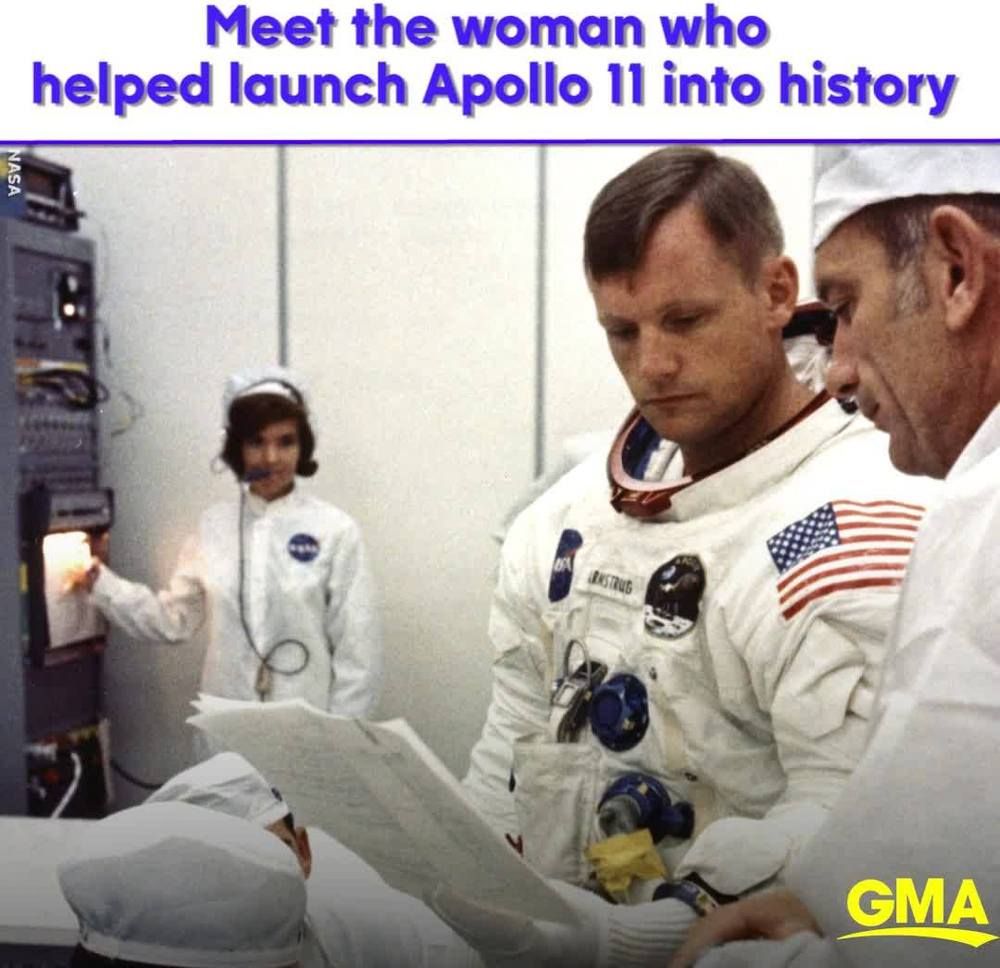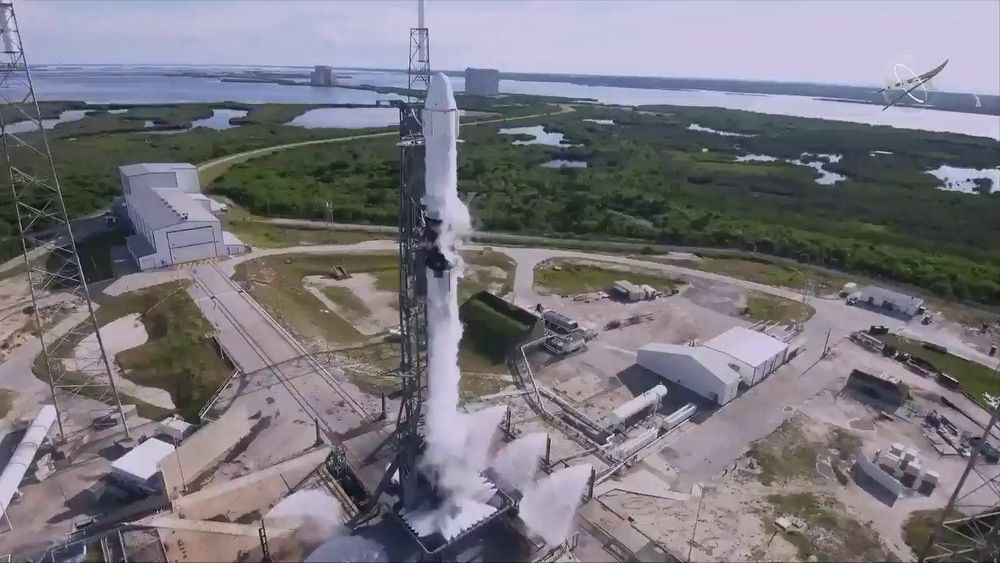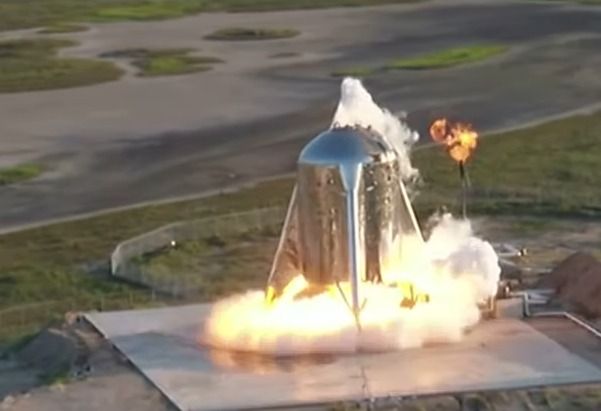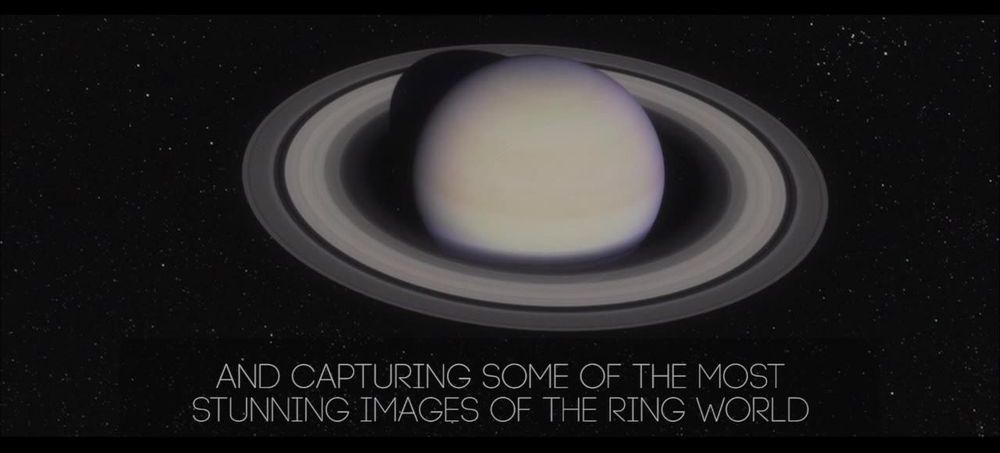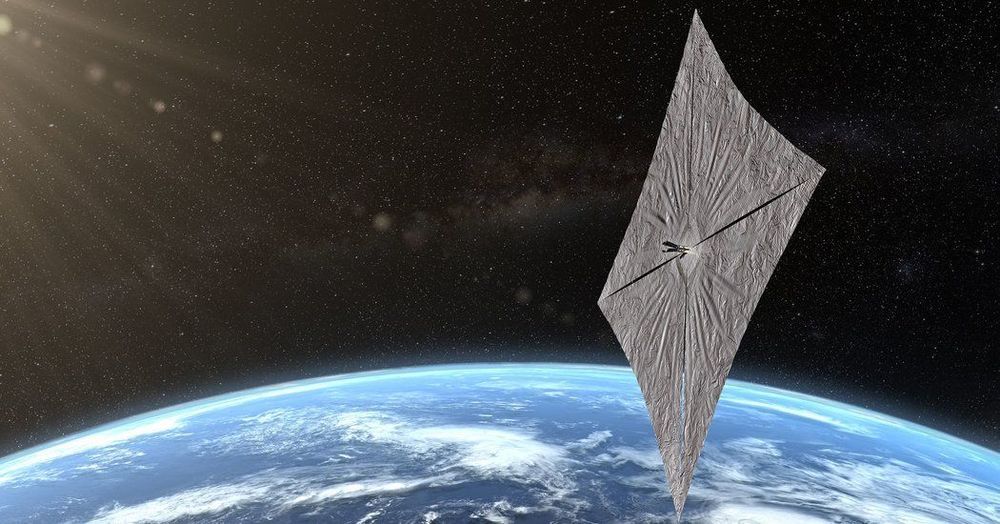Jul 30, 2019
Watch SpaceX Rocket Break Sound Barrier Twice and Land in This Amazing Video
Posted by Genevieve Klien in category: space travel
Maybe you’ve gotten a bit blasé about rocket landings. SpaceX has pulled off more than 40 of them during orbital launches, after all, and Blue Origin has done it 10 times on test flights of its New Shepard suborbital vehicle.
